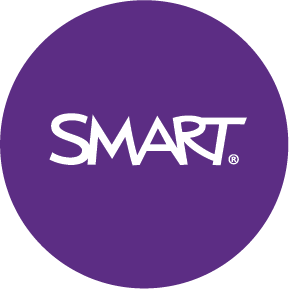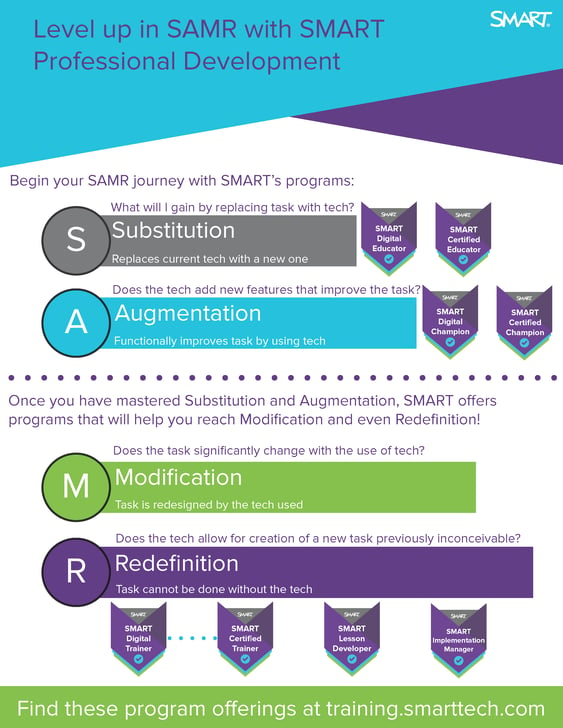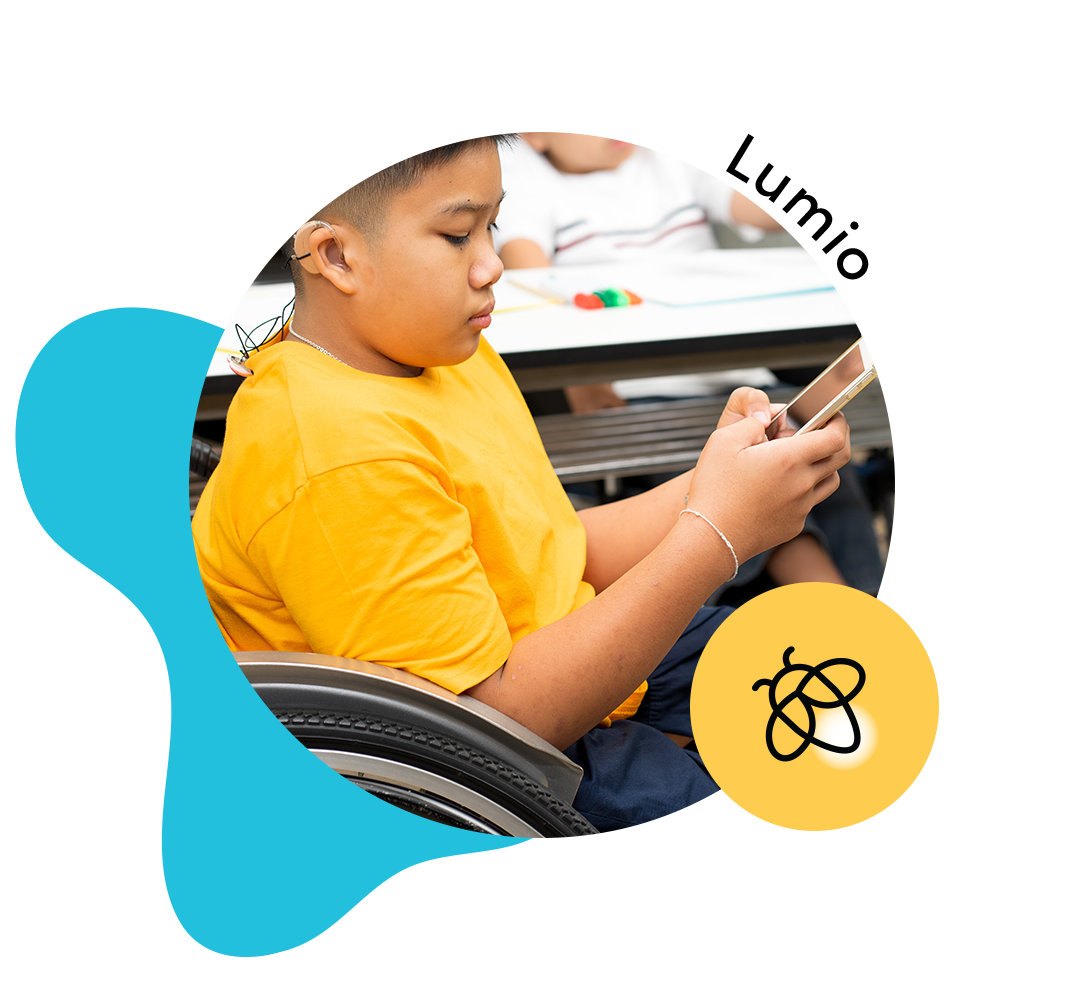Have you ever heard of the SAMR model? Whether you learned about it once in college or you're an expert on it, it can play a key role in classroom technology integration. The SAMR model is used in classrooms all over the world whether teachers realize it or not.
SAMR stands for Substitution, Augmentation, Modification, and Redefinition and is a framework designed to assist teachers in integrating technology into the classroom with the goal of reaching student outcomes and engagement (Portnoy, 2018).
Each level of this model progressively integrates more technology to transform student learning. Here is a quick summary of the four stages:
SUBSTITUTION – In this stage, technology is used as a direct substitute for an ‘analog’ teaching method, such as teachers dictating instructions on the SMART board instead of a traditional white board.
AUGMENTATION – At this stage, classroom tech continues to act as a substitute, but it truly helps the process be more efficient and engaging for students and teachers.
The first two stages of the SAMR model represent enhancement to existing ways of teaching and learning. The technology is not necessary for learning But it DOES enhance learning by providing a digital alternative. The next two stages, however, transform learning with the help of technology.
MODIFICATION – In this stage, the classroom technology is playing a more significant role in transforming teaching and learning. This could mean using a collaborative wWorkspace in SMART Learning Suite Online to allow students to collaborate with each other in a meaningful way, bringing in various types of digital content to express and develop ideas.
REDIFINITION – This final stage of the model means that teachers are developing new ways of approaching teaching and learning that would not be possible without technology. This might mean using that same Workspace activity collaboratively with students in another class, in another part of the world at the same time – this would not be possible without classroom technology.
The Effect on Student Outcomes
Each level in SAMR influences learning. With each level of technology integration, students become more engaged in immersive learning. For example, students can review the parts of a cell in their textbooks but with interactive, 3D models of cells they are able to explore the parts of a cell in ways they cannot accomplish with textbooks.
Technology by itself will not improve student outcomes; it is just a tool, but it does help teachers scaffold instruction to meet the needs of their students (Portnoy, 2018).
We know that when students can take a more active role in their leaning, they are more likely to remember concepts, enjoy learning, and see better outcomes overall; elevating teaching using the SAMR model can be a valuable way to engage students and see positive outcomes.
Using SMART on your Journey Through SAMR
You may understand why the SAMR model affects student outcomes, but might be unsure where to start. SMART offers a number of training programs to assist you in your journey to redefining learning:
You can also review the various types of complementary and paid professional development that SMART offers at training.smarttech.com.
Reference
Portnoy, L. (2018). How SAMR and tech can help teachers truly transform assessment. Retrieved from THIS LINK.









